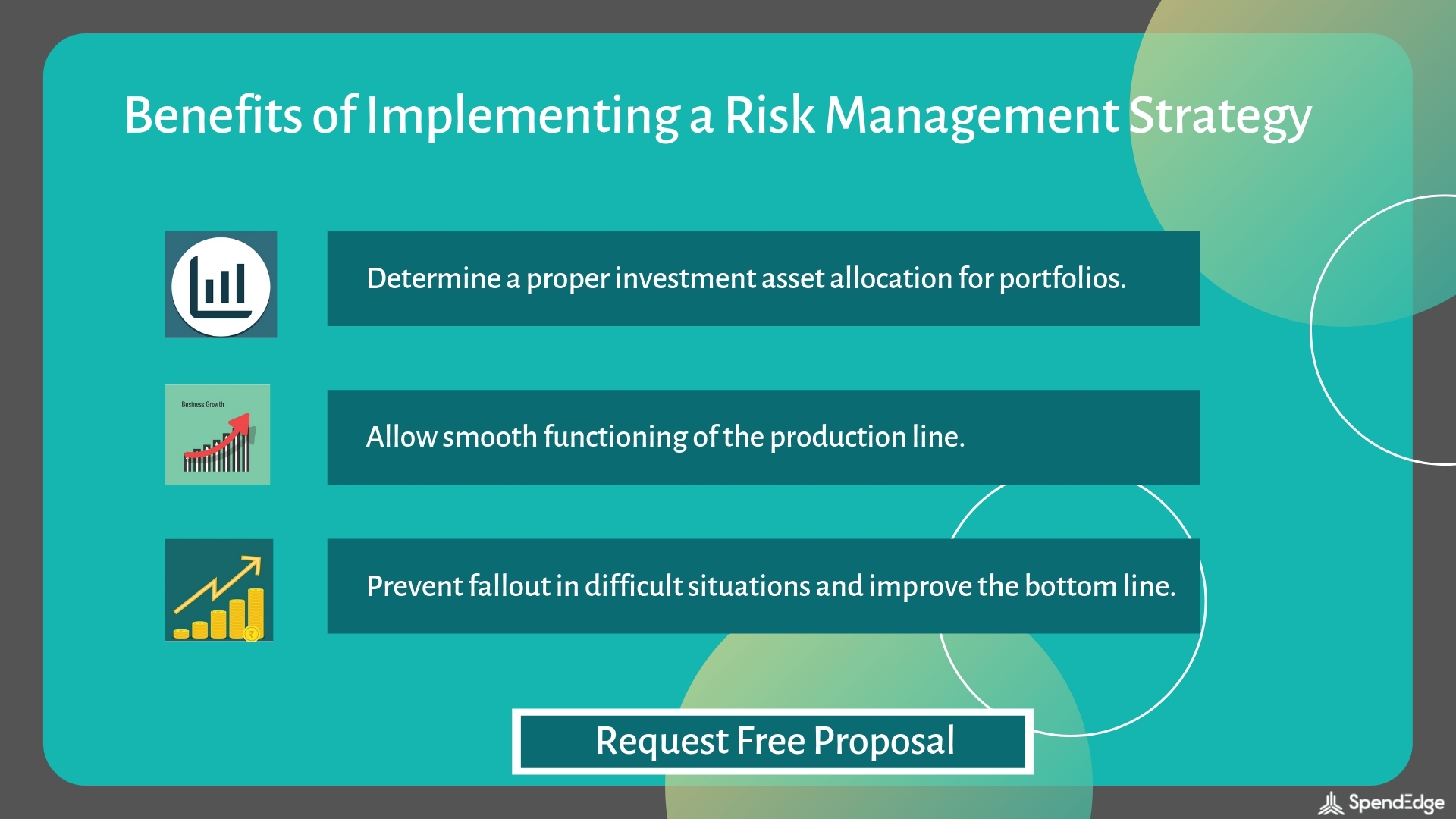Navigating the Difficulties: Understanding the Importance of Risk Management
Navigating the Difficulties: Understanding the Importance of Risk Management
Blog Article
Exploring the Relevance of Risk Management for Effective Decision-Making Approaches
In the complex world of company, Risk Management emerges as a crucial consider the decision-making process. The capability to recognize potential dangers and possibilities, and strategize appropriately, can lead to the difference between success and failing. With devices such as SWOT and PESTEL, organizations are geared up to make enlightened choices, promoting durability and flexibility in an ever-changing environment. Wondering how this works? Allow's unbox the dynamics even more.
Comprehending the Principle of Risk Management
Risk Management, a crucial part in decision-making, is typically misunderstood or oversimplified. Risk Management includes organized and regimented strategies, utilizing information and insightful evaluations. From financial uncertainties, lawful liabilities, critical Management mistakes, to accidents and all-natural calamities, it deals with numerous risks - importance of risk management.
The Function of Risk Management in Decision-Making Processes
In the realm of critical planning and company procedures, Risk Management plays an important role in decision-making processes. It assists in identifying prospective hazards and uncertainties that can impact the accomplishment of business purposes. By tracing these risks, business can develop techniques to minimize their impact, making sure organization continuity and stability. Risk Management thus ends up being a vital tool in decision-making, assisting leaders to make informed options based upon an extensive understanding of the threats involved. It urges a proactive approach, making it possible for companies to prepare for and prepare for feasible future circumstances. This significantly reduces the likelihood of negative consequences, promoting more efficient and reliable decision-making approaches. Risk Management offers as an essential part in the decision-making procedures of any type of organization.

How Risk Management Boosts Strategic Planning
In the context of tactical preparation, Risk Management plays a crucial function. Starting with the identification of possible risks, it further encompasses the application of Risk mitigation procedures. The function of Risk Management is not fixed however dynamic, as it requires constant monitoring and adjusting of approaches.
Recognizing Prospective Dangers

Executing Risk Mitigation
Having established the significance of identifying prospective risks, the next step is to explore Risk reduction. This procedure entails creating and applying approaches to take care of recognized threats successfully. It is a critical facet of calculated preparation as it boosts decision-making by decreasing possible adverse results. read this Risk mitigation strategies can vary from Risk avoidance, Risk transfer, to take the chance of decrease. Each method ought to be tailored to the specific Risk, considering its prospective effect and the organization's Risk resistance. Moreover, efficient Risk reduction calls for a deep understanding of the Risk landscape and the potential influence of each Risk. This understanding enables companies to focus on threats and designate sources efficiently, making sure that the most significant hazards are resolved initially.
Monitoring and Readjusting Techniques
Though Risk mitigation is an important step in tactical preparation, continual surveillance and modification of these approaches is just as vital. It additionally supplies a chance to review the success of the Risk Management measures, allowing modifications to be made where necessary, more improving critical preparation. Monitoring and adjusting Risk Management techniques is a vital component for improving a company's durability and strategic preparation.
Situation Studies: Successful Risk Management and Decision-Making
In the globe of service and financing, successful Risk Management and decision-making usually act as the columns of flourishing ventures. One such entity is an international oil business that alleviated monetary loss by hedging against fluctuating oil rates. In one more instance, a tech start-up grew by determining and accepting high-risk, high-reward approaches in an unstable market. A worldwide bank, confronted with governing unpredictabilities, effectively navigated the scenario with proactive Risk evaluation and dynamic decision-making. These cases highlight the worth of astute Risk Management in decision-making processes. It is not the lack of Risk, however the Management of it, that commonly differentiates effective companies from not successful ones. These cases emphasize the important role of Risk Management in calculated decision-making. importance of risk management.
Tools and Strategies for Effective Risk Management
These tools, such as Risk registers and warm maps, help in recognizing and analyzing view it now possible threats. Risk feedback approaches, a vital component of Risk Management, entail accepting, avoiding, transferring, or mitigating risks. With these techniques and tools, decision-makers can navigate the complicated landscape of Risk Management, therefore helping with notified and reliable decision-making.
Future Fads in Risk Management and Decision-Making Techniques
As we check out the substantial landscape of Risk Management, it comes to be apparent that the devices and strategies utilized today will certainly continue to evolve. The concept of Risk visit our website society, where every member of a company is conscious and included in Risk Management, will get a lot more importance. These trends advertise a more aggressive and comprehensive approach in the direction of Risk Management and decision-making.
Final thought

Risk Management hence comes to be a crucial tool in decision-making, helping leaders to make enlightened options based on an extensive understanding of the risks entailed. Risk mitigation strategies can vary from Risk avoidance, Risk transfer, to risk decrease (importance of risk management). Efficient Risk reduction needs a deep understanding of the Risk landscape and the prospective impact of each Risk. Risk feedback methods, an essential part of Risk Management, include accepting, staying clear of, transferring, or mitigating threats. The idea of Risk society, where every member of a company is aware and entailed in Risk Management, will acquire more importance
Report this page